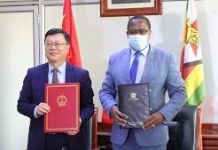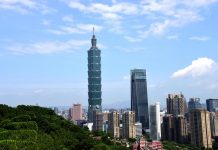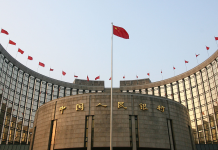XINING: Over the past weeks, thousands of naked carp were spotted migrating upstream in the three rivers that flow into Qinghai Lake, China’s largest inland saltwater lake. “From late May to early June, we witnessed the rare scene of naked carp migration in the rivers, all of which are main breeding sites of the species,” said Yang Jianxin, deputy director of a center dedicated to protecting the naked carp in the Qinghai Lake, located in northwest China’s Qinghai Province.
The carp species, known as “Huangyu” in China, is endemic to the Qinghai Lake. The fish is not only critical to the existence of local bird species, but also significant to the ecological balance of the highland lake.
Owing to overfishing and environmental deterioration, the population of naked carp declined sharply in the 1960s and 1970s. In 2002, Qinghai Lake only had 2,592 tonnes of naked carp.
In order to protect the species and restore the environment, authorities in Qinghai banned naked carp fishing in the Qinghai Lake and in nearby rivers in 2003. The effort has paid off. Monitoring data showed that the Qinghai Lake had 100,400 tonnes of naked carp in 2020, nearly 39 times the figure in 2002. Located in the northeastern part of the Qinghai-Tibet Plateau, the Qinghai Lake is key to maintaining the ecological balance in western China. It is also a natural barrier for controlling the eastward spread of desertification and ensuring the safety of agricultural areas in eastern China.
In recent years, the Chinese government has implemented various ecological projects in the Qinghai Lake Basin, and achieved remarkable results in restoring the environment, said Gao Jingyu, deputy director of the protection and utilization administration in the Qinghai Lake scenic area.
In 2008, Qinghai adopted a plan aimed at ecological environment protection and comprehensive management of the Qinghai Lake Basin with a total investment of 1.57 billion yuan (about 245 million U.S. dollars). A total of 800 hectares of wetland had been restored by 2018, thanks to measures such as a grazing ban or delay and rotational grazing on more than 31,000 hectares of land.
In 2020, the water level of the Qinghai Lake reached 3,196.62 meters and its water body covered an area of 4,588.81 square km. Both figures have soared for 15 consecutive years. Since 2016, a total of more than 33,333 hectares of desertified land have been treated in the surrounding areas of the lake. – Agencies






